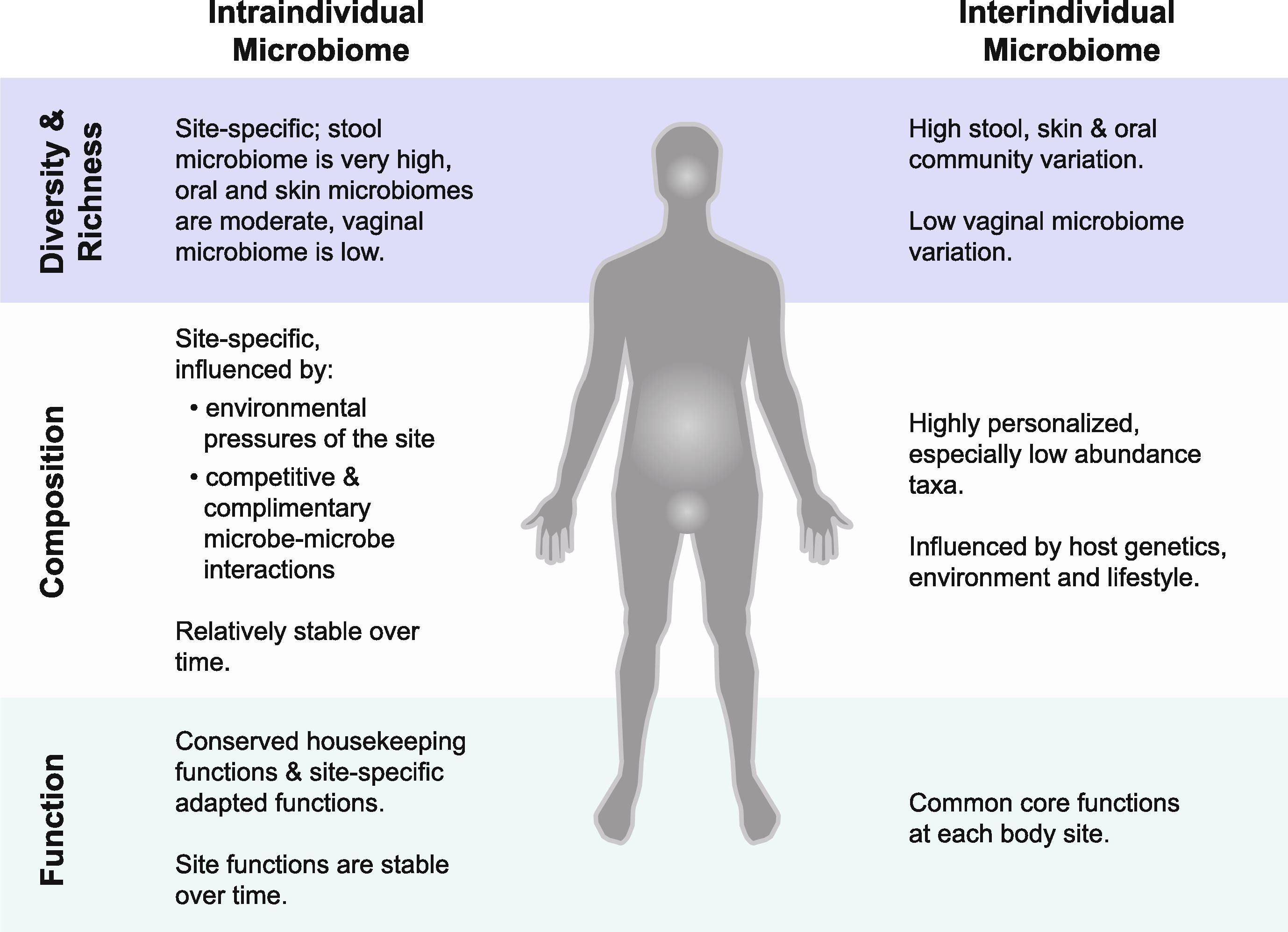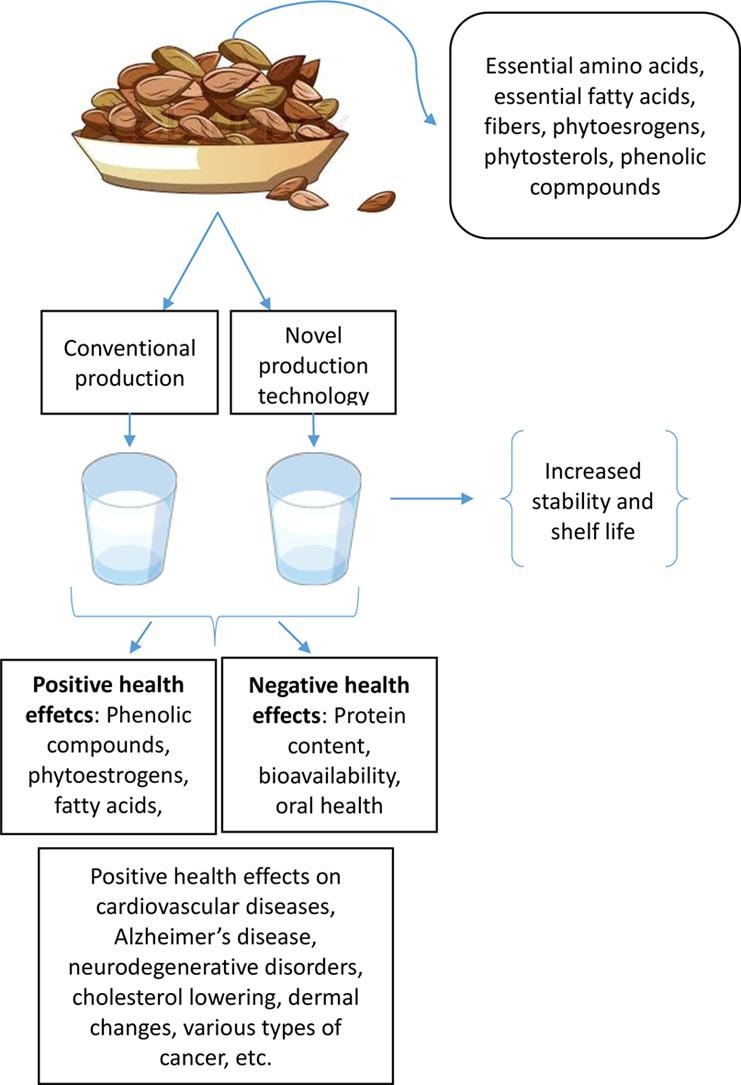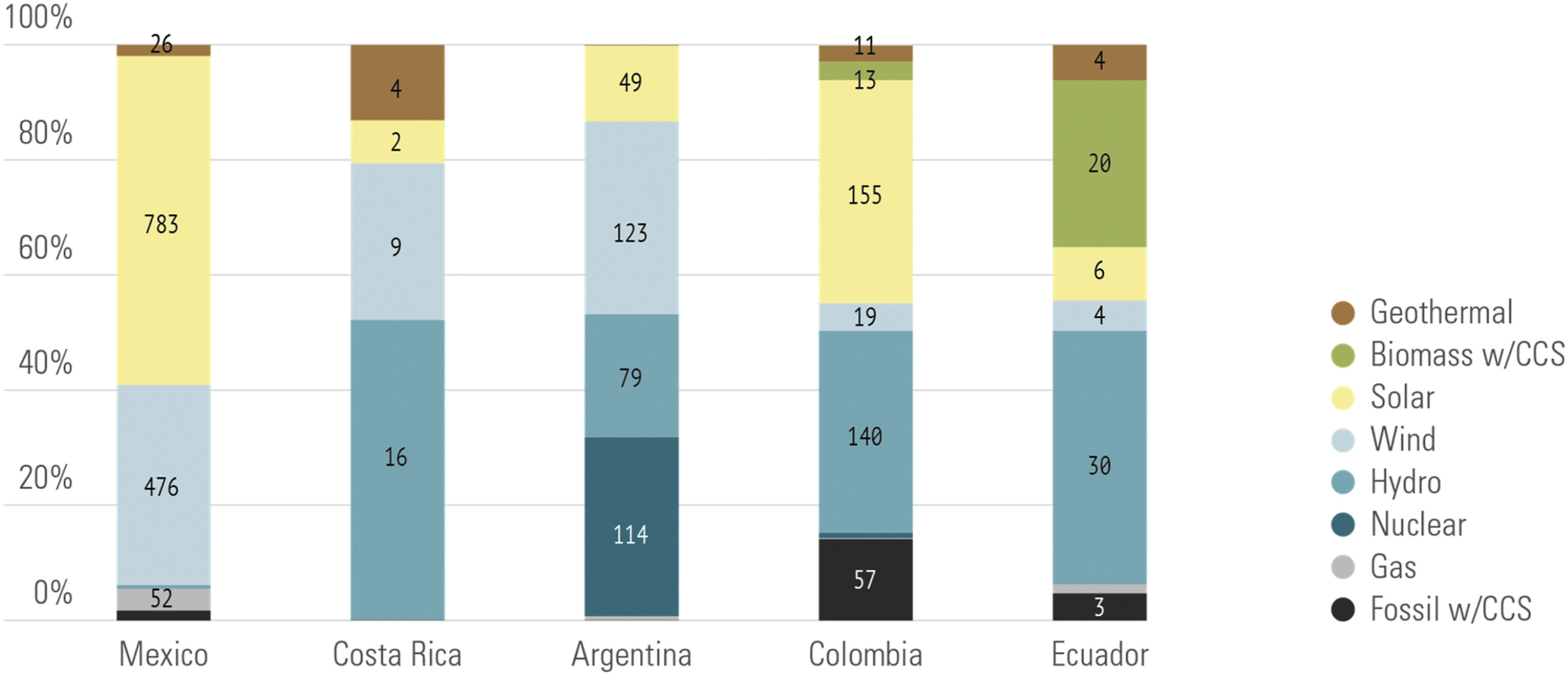Elsevier, International Journal of Radiation Oncology Biology Physics, Volume 107, 15 July 2020
Purpose: Radiation therapy interruption (RTI) worsens cancer outcomes. Our purpose was to benchmark and map RTI across a region in the United States with known cancer outcome disparities. Methods and Materials: All radiation therapy (RT) treatments at our academic center were cataloged. Major RTI was defined as ≥5 unplanned RT appointment cancellations. Univariate and multivariable logistic and linear regression analyses identified associated factors. Major RTI was mapped by patient residence.
Elsevier, Global Environmental Change, Volume 63, July 2020
Recent research and policies recognize the importance of environmental defenders for global sustainability and emphasize their need for protection against violence and repression. However, effective support may benefit from a more systematic understanding of the underlying environmental conflicts, as well as from better knowledge on the factors that enable environmental defenders to mobilize successfully. We have created the global Environmental Justice Atlas to address this knowledge gap.
Elsevier, Annals of Epidemiology, Volume 47, July 2020
Purpose: Given incomplete data reporting by race, we used data on COVID-19 cases and deaths in U.S. counties to describe racial disparities in COVID-19 disease and death and associated determinants. Methods: Using publicly available data (accessed April 13, 2020), predictors of COVID-19 cases and deaths were compared between disproportionately (≥13%) black and all other (
Elsevier, Archives of Gerontology and Geriatrics, Volume 89, July - August 2020
Background: Falls in older adults, notably those with Alzheimer's dementia (AD), are prevalent. Vision and balance impairments are prominent falls risk factors in older adults. However, recent literature in the cognitively impaired suggests that executive function (EF) is important for falls risk assessments. The study objectives were to: 1) to compare balance among people with AD, healthy older adults (OA), and healthy young adults (YA) and 2) to quantify the interaction of visual acuity and EF on postural stability. Methods: We recruited 165 individuals (51 YA, 48 OA, and 66 AD).
Elsevier, Frontiers in Neuroendocrinology, Volume 58, July 2020
Trillions of microbes cover the surfaces of our bodies and inhabit our gastrointestinal tract. In the past decade, research efforts examining the role of the microbiome in mental health have moved to the forefront of neuroscience and psychiatry. Based on a foundation of animal studies demonstrating the vital role for microbiota-brain communication in brain development, behavior, and brain function over the life span, clinical studies have started to consider the microbiome in psychiatric disorders.
Elsevier, JAAD International, Volume 1, July 2020
Introduction: Dermatologic disease represents a significant burden worldwide, but the regional effect of skin disease in the Caribbean and how it relates to socioeconomic status remain unknown. Objective: This study aims to measure the burden of skin disease in the Caribbean from epidemiologic and socioeconomic standpoints. Methods: We selected Global Burden of Disease Study data sets to analyze disability-adjusted life-years (DALYs) and the annual rate of change of dermatoses between 1990 and 2017 in 18 Caribbean countries and the United States.
Elsevier, Journal of Functional Foods, Volume 70, July 2020
The consumption of plant-based milk substitutes has spread rapidly around the world due to its numerous positive health effects on the human body. Individuals with cow's milk allergy, lactose intolerance, and hypocholesterolemia prefer these beverages. In spite of the added sugar and lack of total protein content, phenolic compounds, unsaturated fatty acids, antioxidant activity, and bioactive compounds such as phytosterols and isoflavones make plant-based milk substitutes an excellent choice.
Elsevier, Energy Strategy Reviews, Volume 30, July 2020
This synthesis paper presents the objectives, approach and cross-cutting results of the Latin American Deep Decarbonization Pathways project (DDP-LAC). It synthesizes and compares detailed national and sectoral deep decarbonization pathways (DDPs) to 2050 compatible with the Paris Agreement objectives and domestic development priorities in Argentina, Colombia, Costa Rica, Ecuador, Mexico and Peru.



